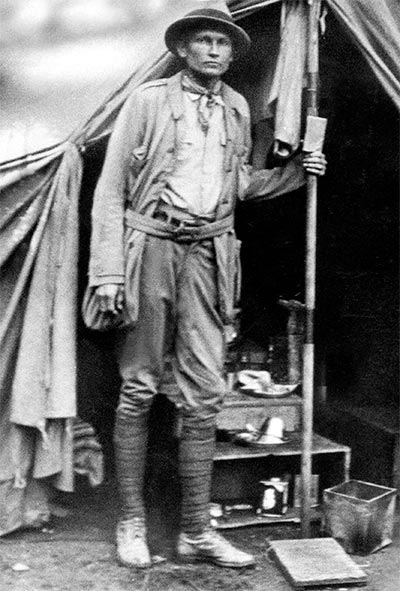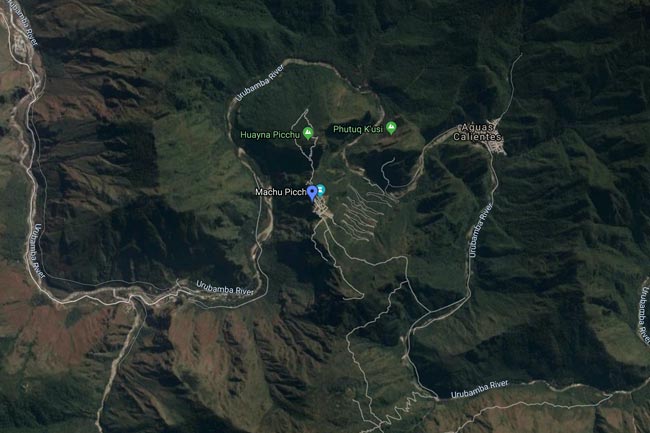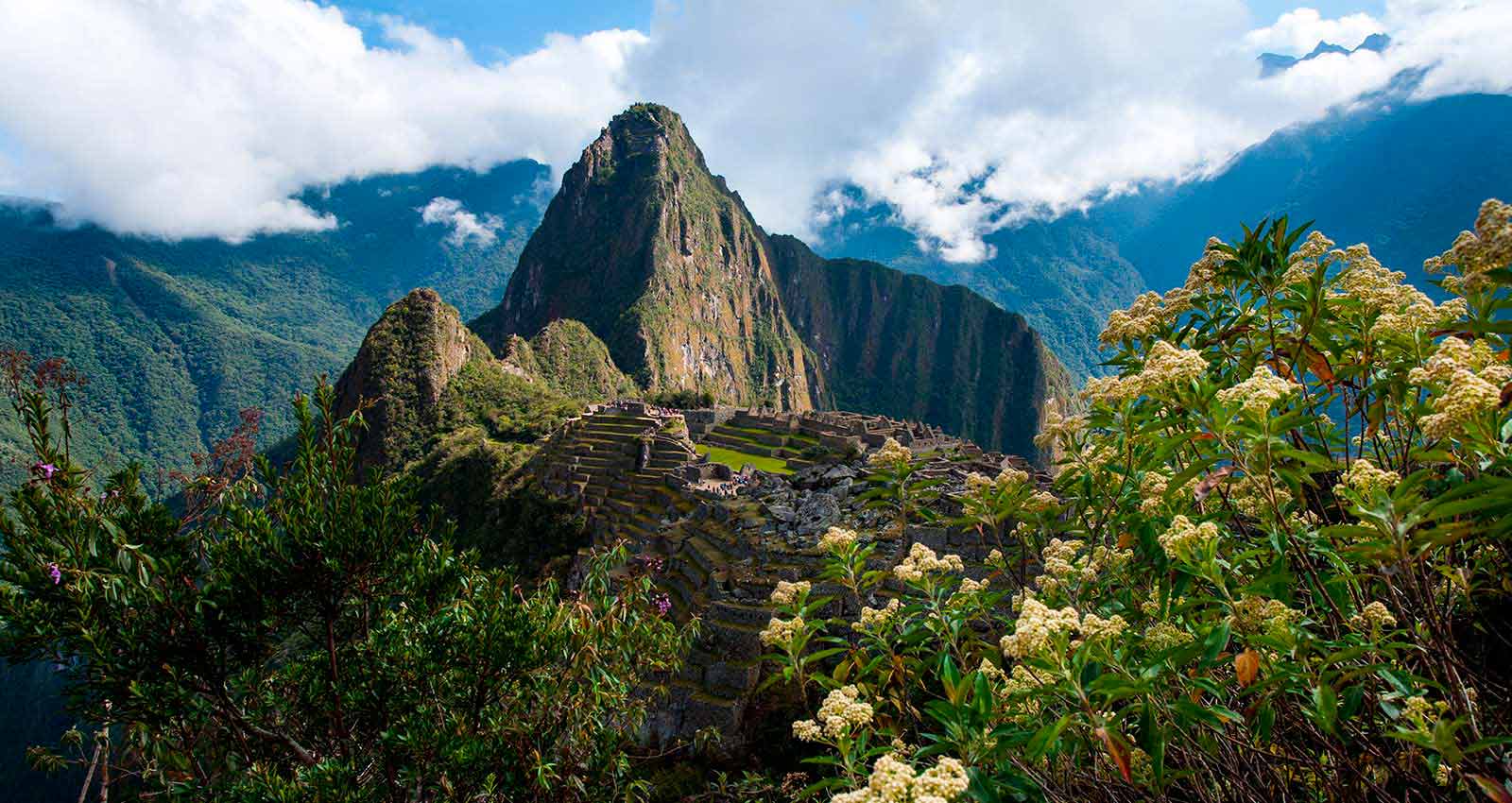The Lost City of Machu Picchu is a mysterious wonder. The site is a window to the past, through which we can know who built it: the Incas, an ancient civilization that created the most powerful empire in South America. While it took obvious skill to construct Machu Picchu, the city has also guarded its secrets well, hiding its true meaning and purpose.
Likely abandoned in the sixteenth century and invaded by the Andean forest throughout the proceeding years, Machu Picchu remained hidden to the world for centuries. The Spanish conquistadors never found it and the Incas who knew the location never revealed its existence and was forgotten.

When Hiram Bingham arrived to the territory and rediscovered Machu Picchu in 1911, it was uninhabited at least since the fifteenth century, when the Inca Huayna Capac was still young. According to historian Victor Angles, the last Incas did not utilize Machu Picchu and therefore the Spanish never penetrated it, because by that time there were no roads or towns that would have lead there.
Today, Machu Picchu is without a doubt one of the world’s most renowned archaeological remains and a tribute to the genius and skill of Inca engineering. Astonishingly, the Incas built their city of Machu Picchu without the aid of wheels or iron tools. They constructed more than 600 terraces to prevent the city from sliding down the mountain and even designed a water supply system with a length of about half a mile (1 kilometer).
Architecture was especially important for the Incas. The temples of Machu Picchu are oriented to catch the rays of the rising sun. The slopes of the roofs reflect Huayna Picchu, the mountain that emerges behind them.

Evidence reveals that Machu Picchu is divided into three main areas: the residential area, with the home of the wise men or amautas; trapezoidal rooms occupied by ñustas or princesses; and the popular and sacred neighborhood. The sacred neighborhood, dedicated to their principal deity Inti, the Sun God, is where the main jewels of Intiwatana (Intihuatana), the Temple of the Sun, and the Room of the Three Windows are located.
There are theories regarding what purpose Machu Picchu served.
One theory suggests that the city was actually unknown to the Incas. The type of construction and the lack of historical data, for some, indicate that the site was built before the time of the Incas, i.e. belonging to the pre-Inca.
The second theory is that Machu Picchu was a sacred city and a center of refuge for the Ñustas, or Virgins of the Sun. When the Spanish arrived, the Inca rulers, in order to avoid more thefts, the theory is that these Ñustas were chosen escape to a secret location in the Andes, which turned out to be the city of Machu Picchu. This theory is explained by the discovery of 107 human remains, of which 68.9% were women remains.
A third theory is that Machu Picchu was the last capital of the Empire and Vilcabamba was the last city where the Incas retired, led by Manco Inca in the year 1536, when he was defeated by the Spanish after surrounding Cusco.
Since Hiram Bingham unveiled Machu Picchu in 1911, the site has attracted the admiration of the world and is the most well-known attraction in all of Peru. On your own visit to Machu Picchu, admiring the stonemasonry and deciding what purpose you think the Incas used it for is part of the fun.
